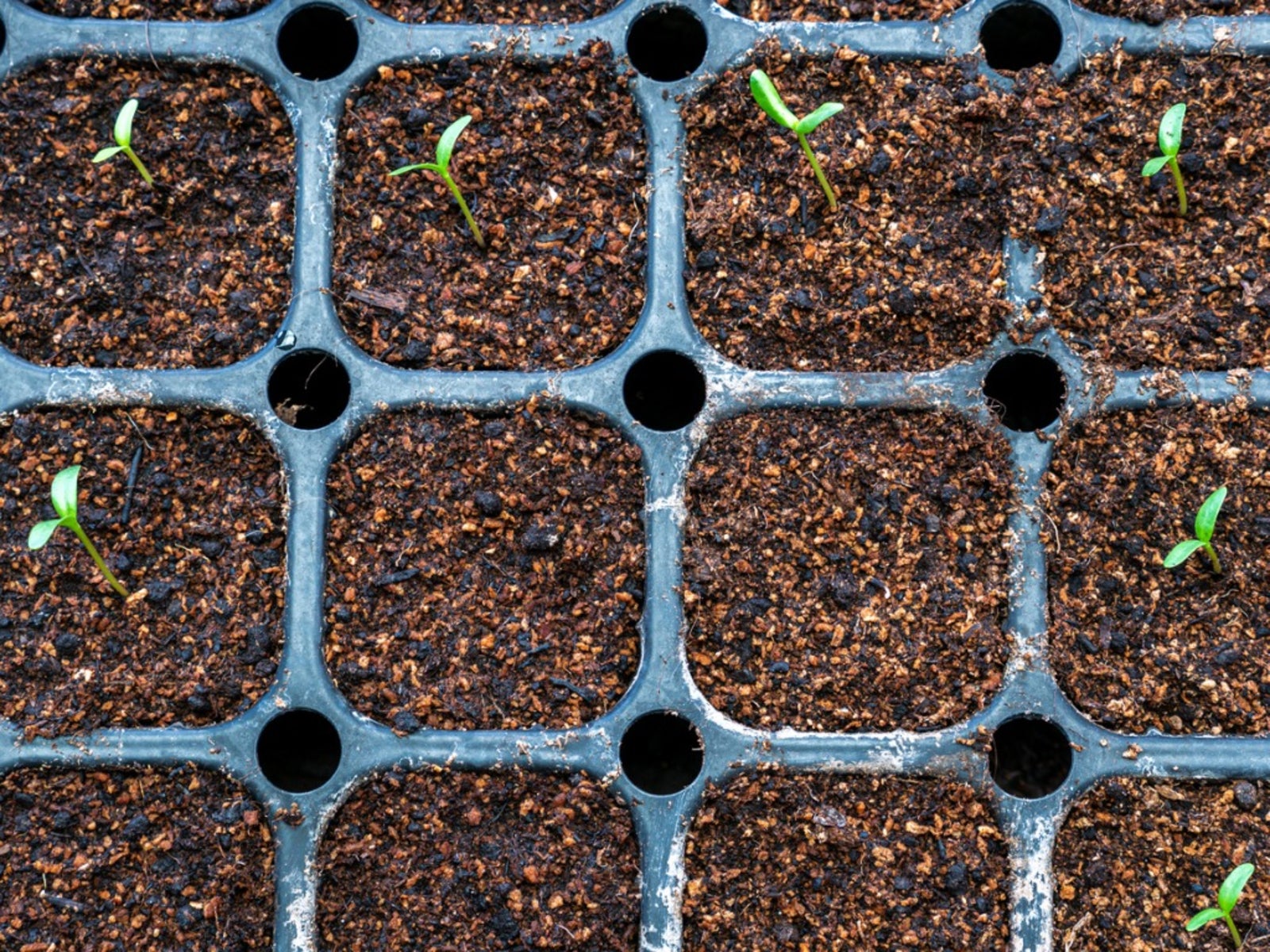Seedling Heat Mats: How To Use A Heat Mat For Plants


What is a heat mat for plants, and exactly what does it do? Heat mats have one basic function which is to gently warm the soil, thus promoting faster germination and strong, healthy seedlings. They are useful for rooting cuttings. Heat mats are marketed as a propagation mat or seedling heat mats as well, but the function is the same. Read on for more information and learn how to use a heat mat for seed starting.
What Does a Heat Mat Do?
Most seeds germinate best in temperatures between 70 and 90 degrees F. (21-32 C.), although some, such as pumpkins and other winter squash, are more likely to germinate in soil temps between 85 and 95 degrees F. (29-35 C.). Many won’t germinate at all if soil temperatures fall below 50 degrees F. (10 C.) or above 95 degrees F. (35 C.).
In many climates, temperatures aren’t consistently warm enough to germinate seeds, especially in late winter or early spring, prime seed starting times. Keep in mind that damp soil is cooler than the air temperature, even in a warm room.
You may be advised to put seed trays in a sunny window, but windows aren’t consistently warm in early spring and they may be very cold at night. Heat mats, which use very little electricity, produce gentle, consistent heat. Some heat mats for plants even have thermostats to adjust the heat.
How to Use a Heat Mat
Put a heat mat under seed starting flats, celled trays, or even individual pots. Be patient, as it may take a couple of days for the mat to warm the soil, especially with deep or large pots.
Check the soil daily with a soil thermometer. Even heat mats with thermostats should be checked occasionally to ensure the thermostats are accurate. If the soil is too warm, raise the tray or container slightly with a thin piece of wood or a potholder. Seedlings can become weak and leggy in too much heat.
In general, you should remove seedlings from heat and put them under bright light soon after they germinate. However, if the room is cool, consider keeping the seedlings on the warm mats until the air temperature warms. You may want to raise the containers slightly to prevent overheating, as suggested above. Check the soil moisture daily. Warm soil dries out faster than cool, damp soil.
Gardening tips, videos, info and more delivered right to your inbox!
Sign up for the Gardening Know How newsletter today and receive a free copy of our e-book "How to Grow Delicious Tomatoes".

A Credentialed Garden Writer, Mary H. Dyer was with Gardening Know How in the very beginning, publishing articles as early as 2007.